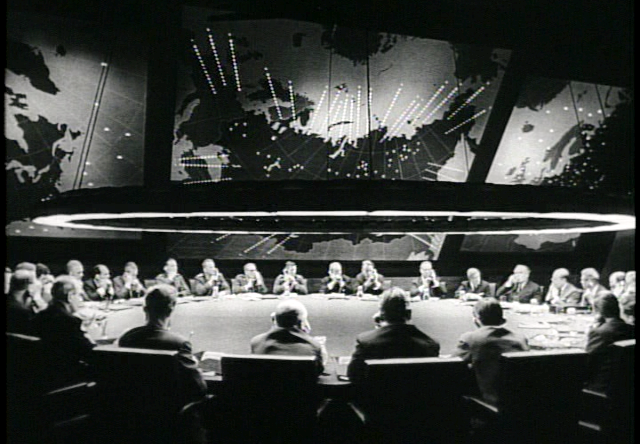Scenarios Planning + Early Warning Scanning = Strategic Advantage
This is one of our free-to-access content pieces. To gain access to all Ideas for Leaders content please Log In Here or if you are not already a Subscriber then Subscribe Here.

In today’s fast-moving environment, scenario planning (SP) and early warning scanning (EWS) are essential strategic tools. The former imagines future scenarios and helps frame possibilities; the latter highlights new developments in the market. Research suggests these tools work best if integrated as ‘co-specialization dynamic capabilities’ (CDCs). Organizations need to combine both practices dynamically – using scenarios to help frame the context for EWS, and using EWS to help focus on signs that scenarios will emerge.
Scenario planning (SP) and early warning scanning (EWS) are considered important to ‘managerial cognition’. They help leaders understand how the future might unfold and they alert top management to new developments and ‘issues’ – typically conceived as opportunities and threats. They help leaders understand how to reconfigure resources to match or create market change – and they improve the quality of ‘strategic conversations’.
How can companies maximize their return on investment in these tools? How can they deploy them to inform strategy in real time?
A longitudinal study of two major Scandinavian companies, Nokia and Statoil, spanning the period from 1994 to 2008, suggests ‘co specialization dynamic capabilities’ (CDCs) are the answer.
CDCs link SP and EWS – and, crucially, they ensure that both, while reasonably stable and embedded in the organization, remain fluid and open to change. The result is more robust decision making – as multiple futures are framed and reframed, and thinking ‘refreshed’ or reversed.
Both Statoil and Nokia have a several-year history of linking SP and EWS in competitive intelligence, and in both the practice has been found to bring tangible benefits.
The research suggests that CDCs strengthen decision-making and the management of risk by:
The evidence was stronger in Statoil, where SP-EWS work led to the company’s strategy on climate change and to its decision to focus new technology investments in Canadian oil sands.
At Nokia, which lost market share after 2008, the effect was less clear-cut. However, the study found that CDCs enabled management to anticipate the emergence of new mobile ‘ecosystems’. (Nokia launched its touch-screen phone, the Nokia 7710, in 2004. Its subsequent failure to compete with Apple and the i-Phone can be attributed, in part at least, to a failure of execution.)
The greatest value of SP and EWS, suggests the study, lies at the points they intersect. Creating synergies between the two practices – by, for example, using scenarios as the context for competitive intelligence EWS – significantly increases the effectiveness of each.

Ideas for Leaders is a free-to-access site. If you enjoy our content and find it valuable, please consider subscribing to our Developing Leaders Quarterly publication, this presents academic, business and consultant perspectives on leadership issues in a beautifully produced, small volume delivered to your desk four times a year.

For the less than the price of a coffee a week you can read over 650 summaries of research that cost universities over $1 billion to produce.
Use our Ideas to:
Speak to us on how else you can leverage this content to benefit your organization. info@ideasforleaders.com